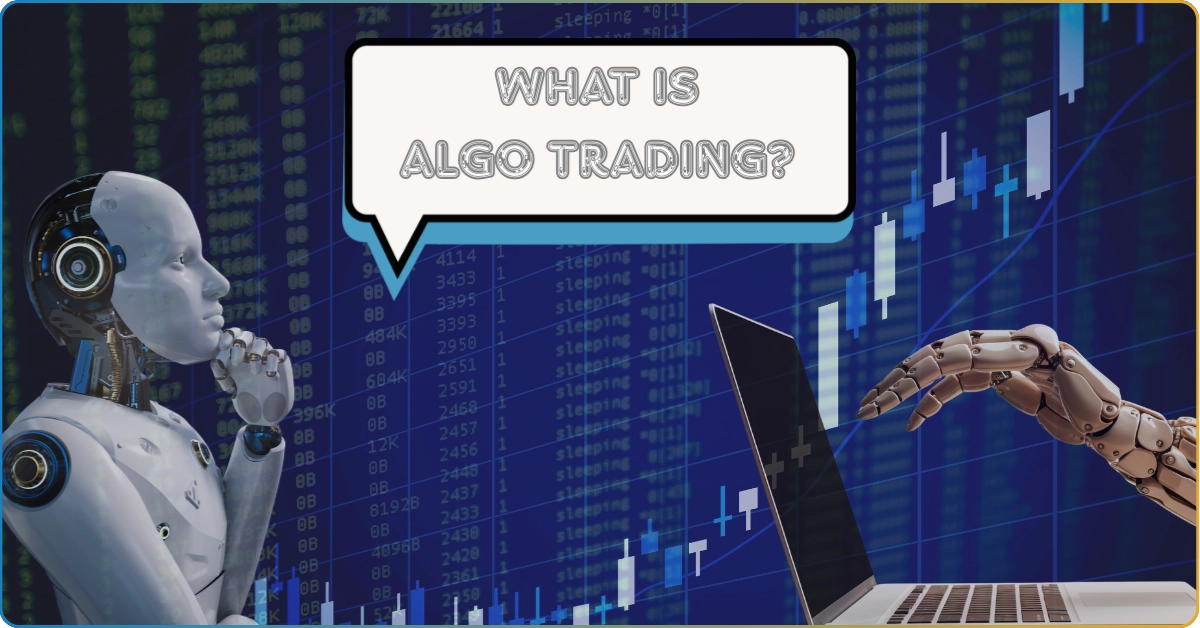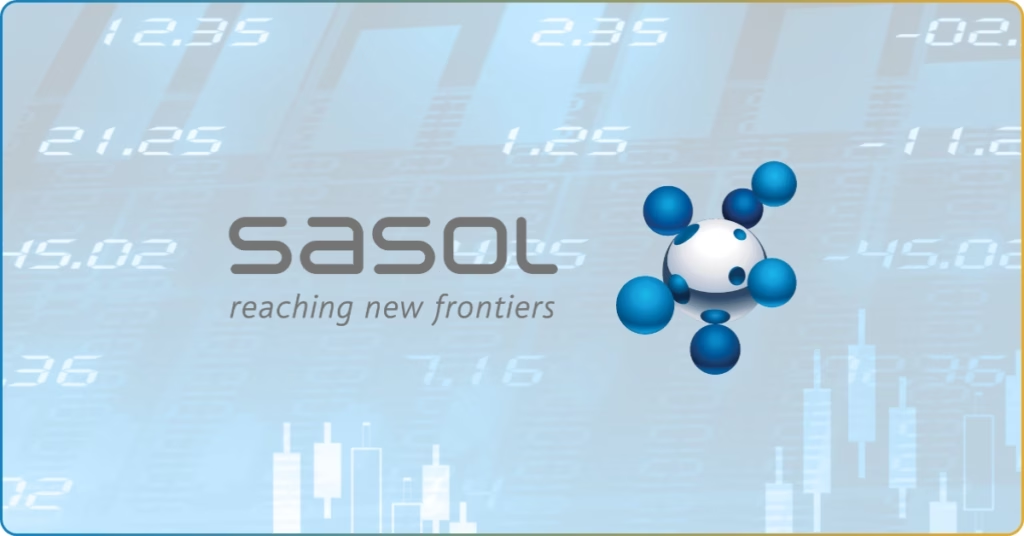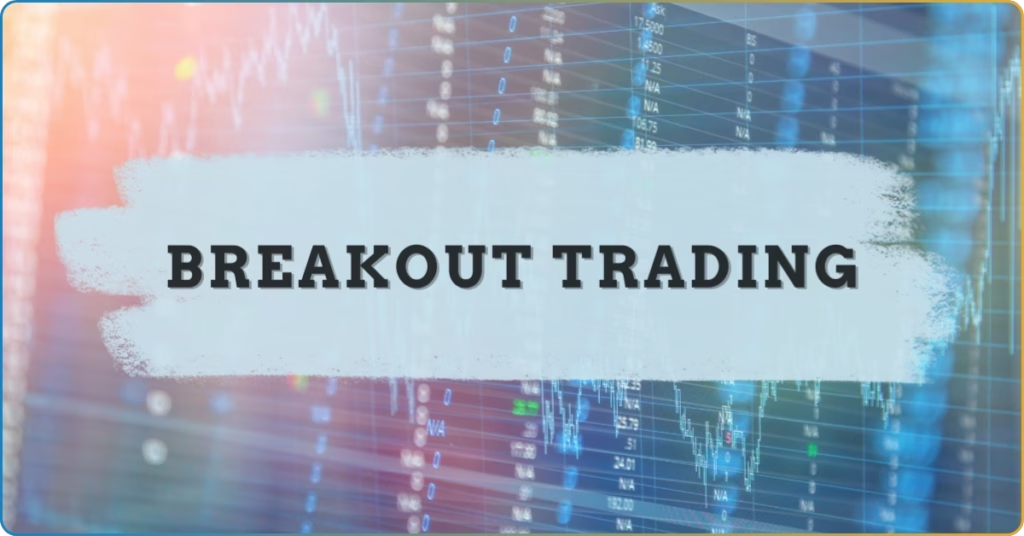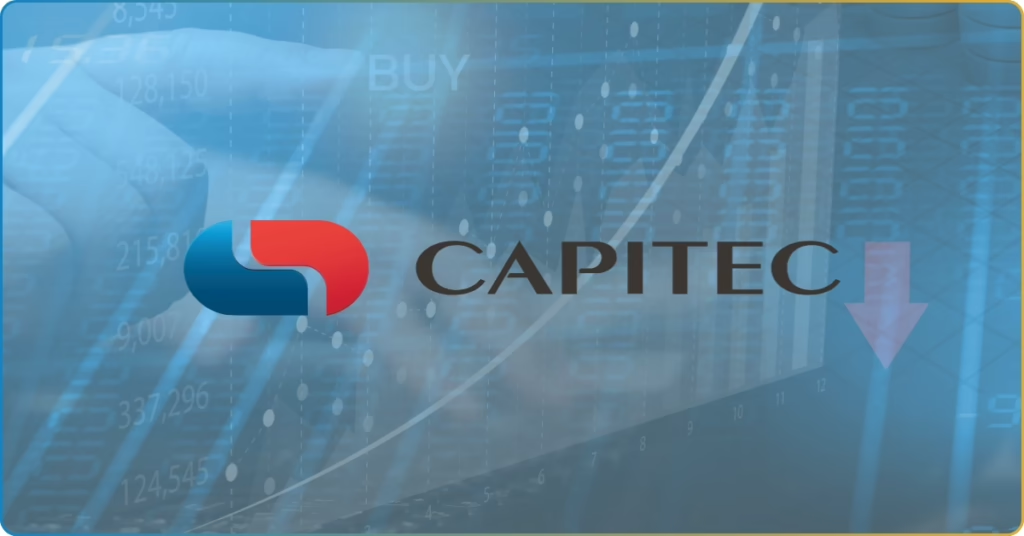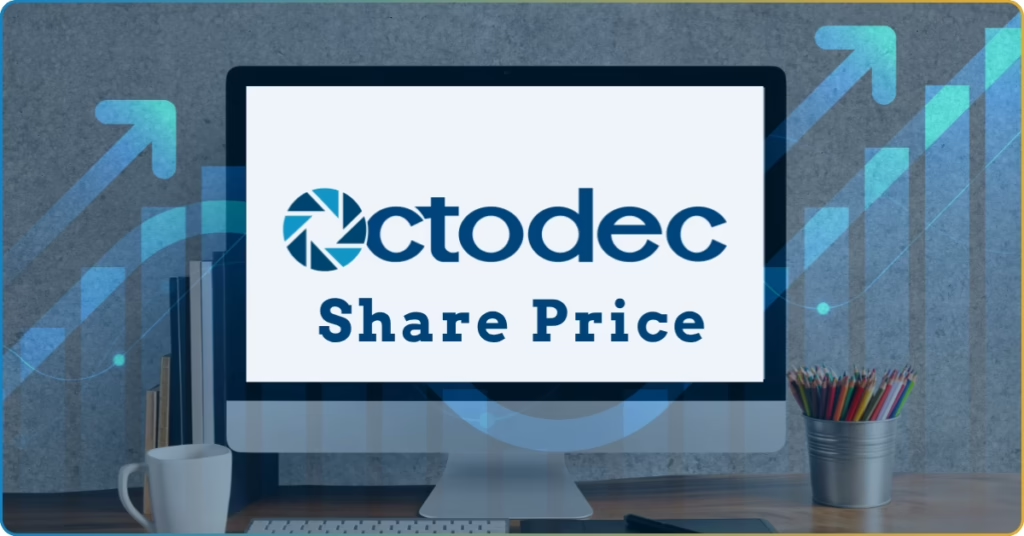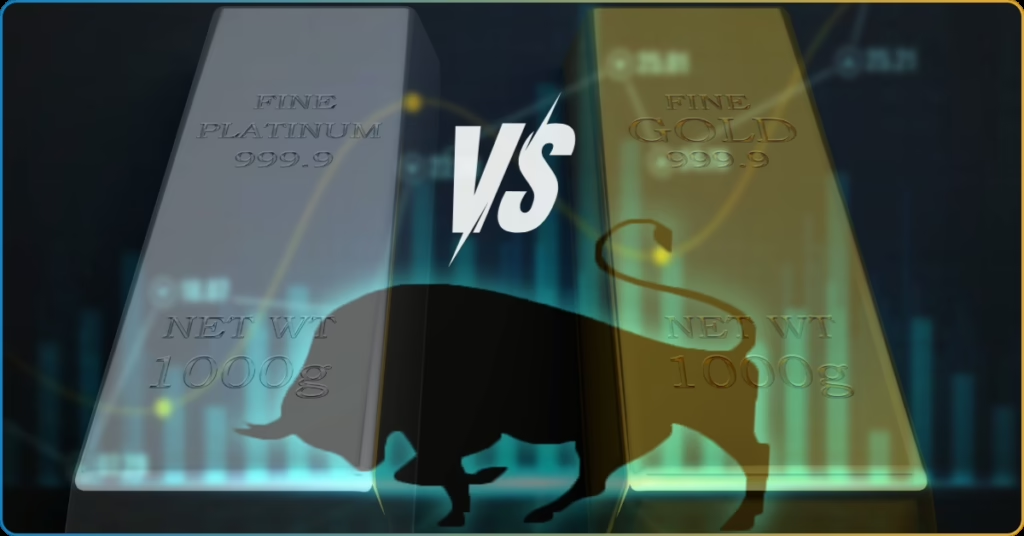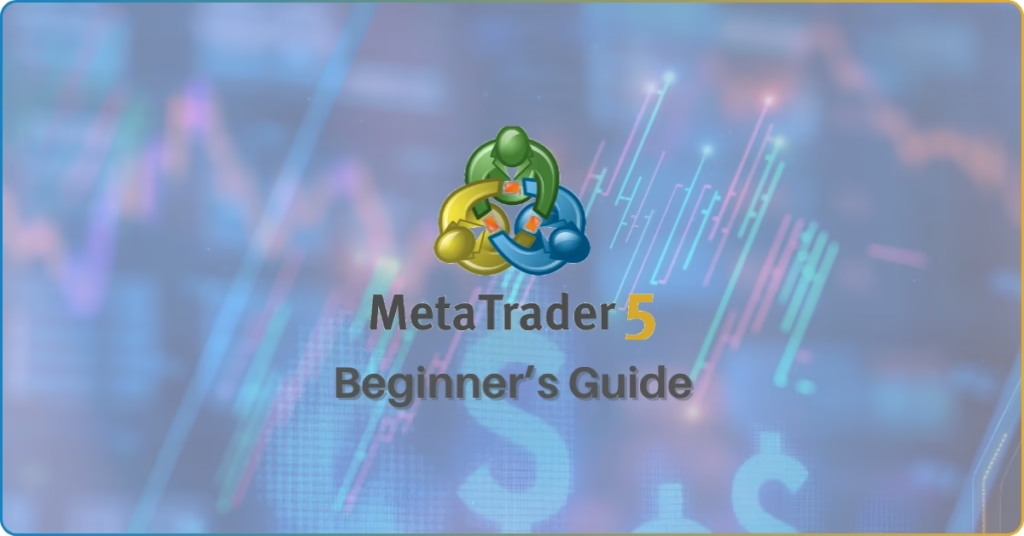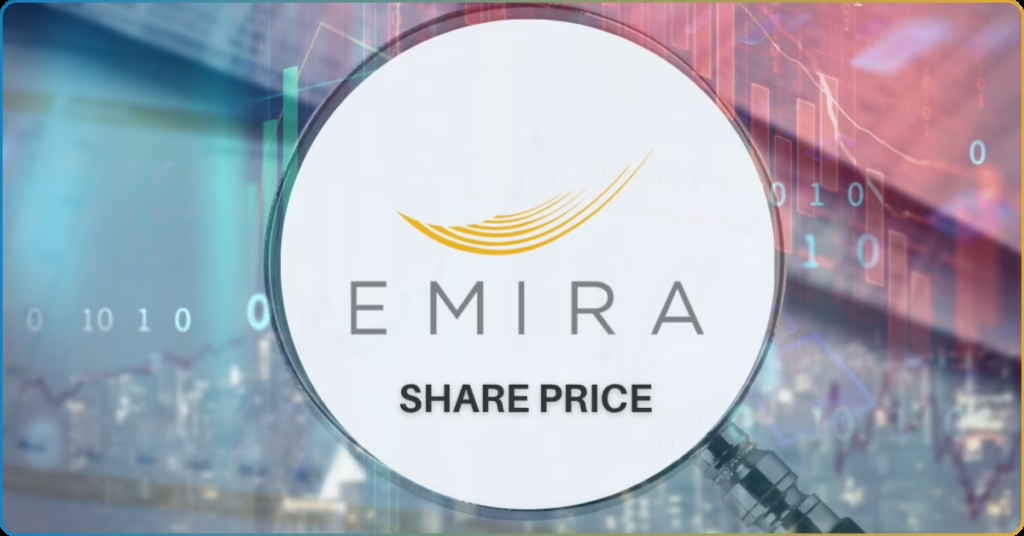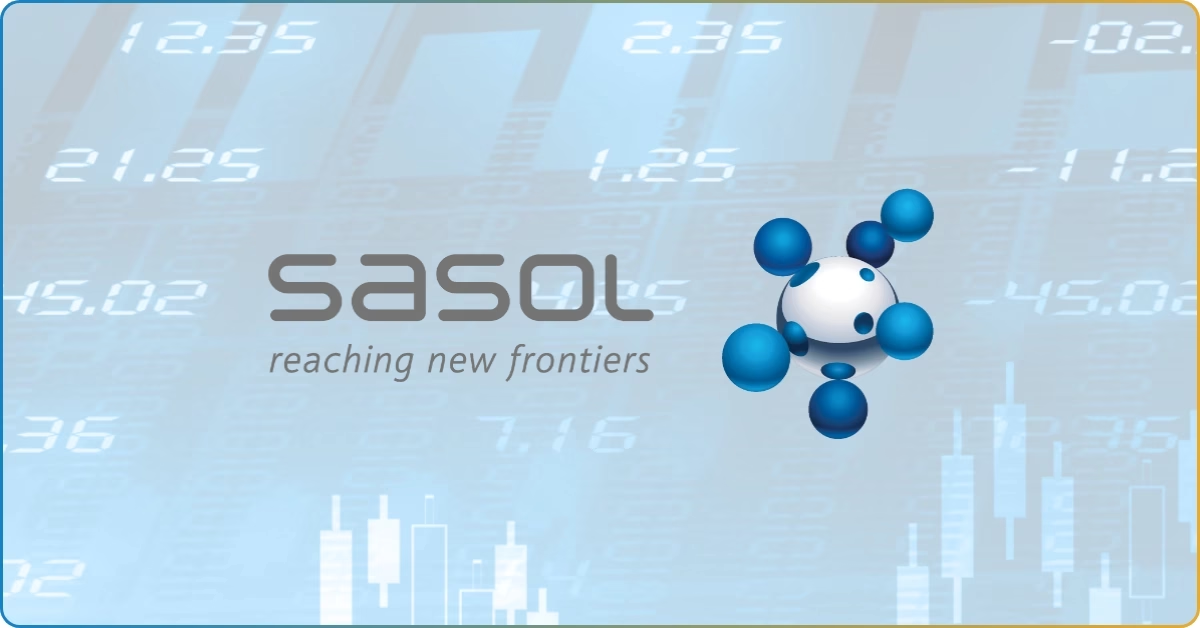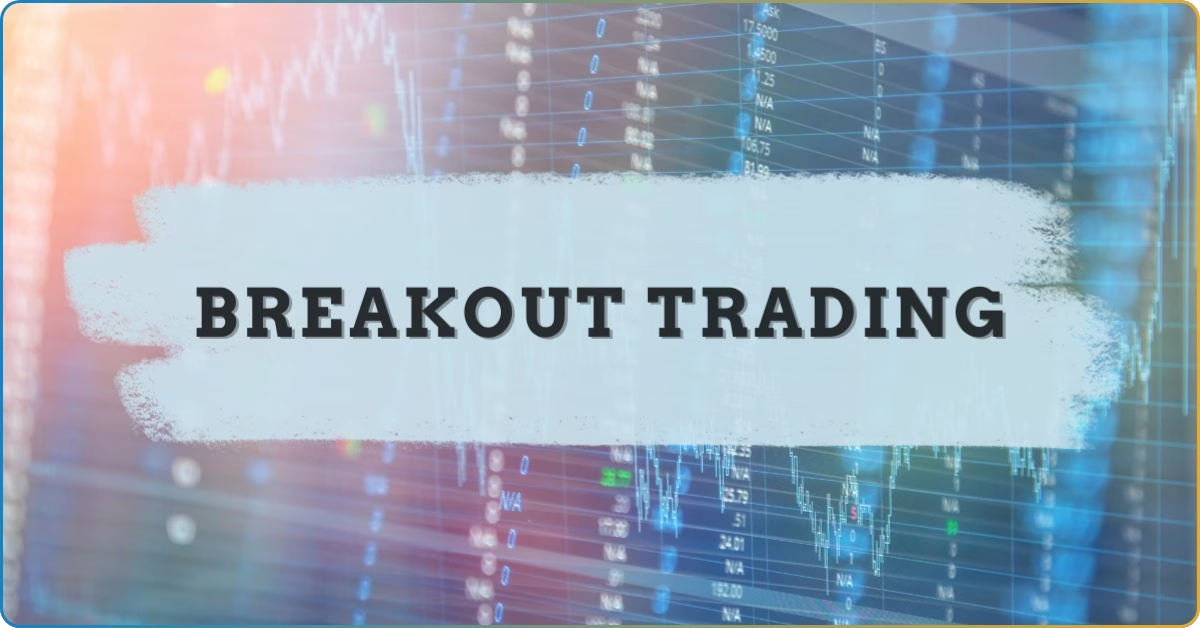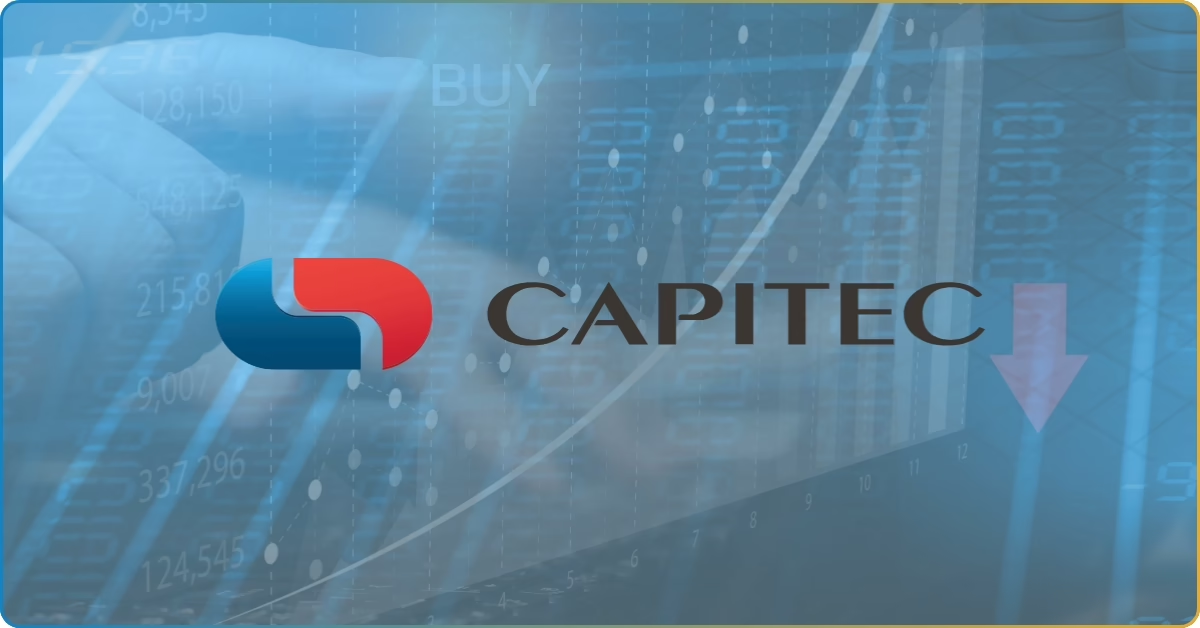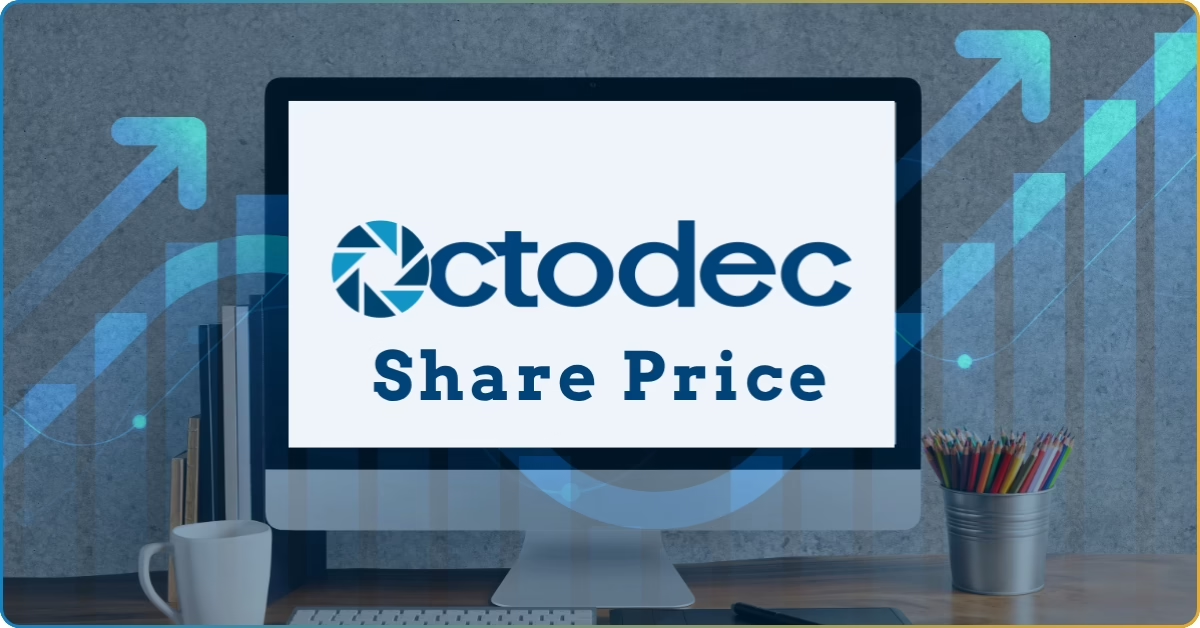The financial market is driven by fast-paced innovation, and algo trading marks the birth of a new type of trading strategy. Derived from the word “algorithmic,” algo trading redefines the world of trading, where an algorithm is a set of programmed instructions designed to minimize inaccuracies caused by typical human errors.
As algo trading continues to gain traction in the trading industry, it’s clear that many traders are embracing this smart strategy in their trading journey.
Suppose you’re curious about adding algo trading to your vocabulary. In that case, this comprehensive guide walks you through everything you need to know—from its beginner-friendly definition to how it works and the key features that can make algo trading work in your favor.
What is Algo Trading? Logical Explanation and Definition
Algorithms are mostly everywhere nowadays. We’re exposed to them daily, often without even realizing it. The shade in every activity on the internet is imprinted by some magic work, and that is an algorithm.
Technically, algorithms are simply sets of programmed instructions designed to process data and deliver outcomes efficiently.
To put it simply, algorithmic trading definitions in online trading refer to automations within a computer program to enhance one’s trading experience. It follows commands such as price, timing, and volume and use them as parameters to semi or fully automate your trades.
Consequently, this eliminates emotional decision-making and allows for faster and more precise trade executions than manual trading.
When Did Algo Trading Start?
Algo trading traces back to 1976, when the New York Stock Exchange launched the Designated Order Turnaround (DOT) system. This electronic routing system allows brokers to send market orders directly to specialists on the trading floor. As a result, this eliminates manual delays and increases trade efficiency.
By the 1980s, DOT evolved into SuperDOT. This upgrade enabled high-volume algo trading, inspiring big banks and hedge funds to automate trades for faster execution and minimal market impact.
Today, algo trading is not just for institutions but for retail traders worldwide. Recent forecasts reveal that the automated algo trading market will grow from USD 21.2 billion in 2024 to USD 24.1 billion in 2025, marking a 13.7% CAGR, and is expected to reach USD 39.8 billion by 2029.
As reported by traders within reputable trading communities, such as CommuniTrade, part of this global forecast increase includes their firsthand experience of implementing algorithmic trading in their strategies.
If you don’t want to miss out on various insights about algo trading, joining CommuniTrade is a must for every trader. It’s one of your key assessments on certified algo traders, whether everyone is at an equilibrium of success or just hype.
How Does Algo Trading Work?
To better understand the magic behind the scenes, here’s a walkthrough of the whole system works:
Market Data Collection
Algo trading begins by collecting real-time market data such as price movements, trading volume, and order book details.
This ensures the system works with updated and precise information for its next decision-making steps.
Algorithm Evaluation
The algorithm then evaluates the data based on predefined rules, such as technical indicators or statistical models.
This analysis identifies trade opportunities that align with the trader’s strategy.
Trade Execution
Finally, the system executes trades automatically. It places orders, manages positions, and closes trades efficiently without human delay.
This seamless process is what makes algo trading a powerful tool for many traders today.
Types of Algo Trading Strategies
Traders employ a wide range of strategies that align with their plans and market conditions. Here are some strategies that are often used:
Mean reversion
Mean reversion assumes that an asset’s price will return to its average over time. Traders set algorithms to buy when prices dip below the mean and sell when they rise above it.
Trend Following
This approach follows market trends by utilizing indicators such as moving averages or channel breakouts. It is popular because it focuses on price patterns without predicting future movements.
High-Frequency Trading
HFT utilizes powerful algorithms to execute numerous trades within seconds, profiting from even small price changes. While effective for rapid trades, it carries high risks in volatile markets.
Arbitrage
This exploits price differences of the same asset across markets by buying low in one and selling high in another, but transaction costs and timing risks affect profitability.
Momentum Trading
The strategy is to buy assets that show a strong upward trend and sell those trending downwards, capturing market strength before reversals.
Index Fund Rebalancing
This strategy benefits from anticipated index fund rebalancing by executing trades ahead of reweighting adjustments, but market volatility and competition can impact gains.
Volume Weighted Average Price (VWAP)
VWAP algorithms break large orders into smaller trades to match the average market price, minimizing price disruption during execution.
Time-Weighted Average Price (TWAP)
TWAP divides orders into equal parts executed over a set timeframe to achieve an average price, ideal for reducing market impact.
Percentage of Volume (POV)
POV algorithms place trades based on a set participation rate relative to market volume, adjusting order size as volume changes to complete trades efficiently.
What are the Pros and Cons of Algo Trading?
Trading that relies on algorithms also has its advantages and some risks to consider.
| Pros | Cons |
|---|---|
| Faster trade executions | Requires technical expertise |
| Reduces human emotion | System failures possible |
| Backtesting improves strategy | High setup costs |
| Trades multiple markets | Over-optimization risk |
| Consistent rule execution | Market liquidity impact |
| Better order timing | May trigger flash crashes |
| Handles large volumes easily | Needs continuous monitoring |
| Ideal for complex strategies | Limited in sudden events |
How to Successfully Use Algo Trading in 2025? Step by Step Guide
Navigating the market industry nowadays can be overwhelming, especially for those new to algorithmic trading. So, here are some things that you should keep in mind:
Financial Literacy is a Good Starting Point
Understand basic trading concepts, market structures, and risk management to establish a solid foundation for your algorithmic trading journey.
Choose the Financial Instrument You Want
Decide whether you will trade stocks, commodities, or forex pairs, as each instrument requires different algo trading strategies.
Pick the Right Trading Platform
Select a platform that supports algorithm development, backtesting, and reliable executions for your chosen market.
Explore Coding
Learn programming languages like Python to create or customize your trading algorithms efficiently.
Familiarize Trading Strategies
Study common algo trading strategies, such as mean reversion or trend following, to choose what suits your goals.
Test You Strategy
Backtest your algorithm using historical data to verify its accuracy, profitability, and risk exposure before deploying it live.
Trade in Real-Time
Deploy your strategy in live markets with caution, monitor its performance closely, and refine your setup regularly for optimal results.
Read more: Automate Your Trades with AI: Algo Trading Guide in 2025
FAQ
Is Algo Trading Regulated?
Yes, algo trading is regulated in most countries to ensure fair market practices, with India’s SEBI and the US SEC implementing strict frameworks.
Does Algo Trading Work?
Algo trading works effectively when strategies are well-tested and executed properly, giving traders speed and accuracy advantages.
Who can use Algorithmic Trading?
Anyone with sufficient trading knowledge and technical skills can use algo trading, from retail traders to institutional investors.
What Trading Strategy is the most profitable?
No strategy guarantees profits, but trend following and arbitrage remain popular due to their clear setups and potential for consistent returns when executed effectively.
Is Algo Trading the Future of Investing in 2025 and the Future?
Algo trading continues to shape the investing landscape with its speed, accuracy, and data-driven strategies. While it may not entirely replace traditional trading, it will remain a powerful tool for traders seeking efficiency. Its growth shows no signs of slowing down in the years to come.
If you want to stay updated with reliable strategies and smart insights from experienced algo traders, joining a reputable trading community like CommuniTrade can guide your journey. Discover how algorithmic trading setups operate in real-world markets alongside traders who share the same objectives.

